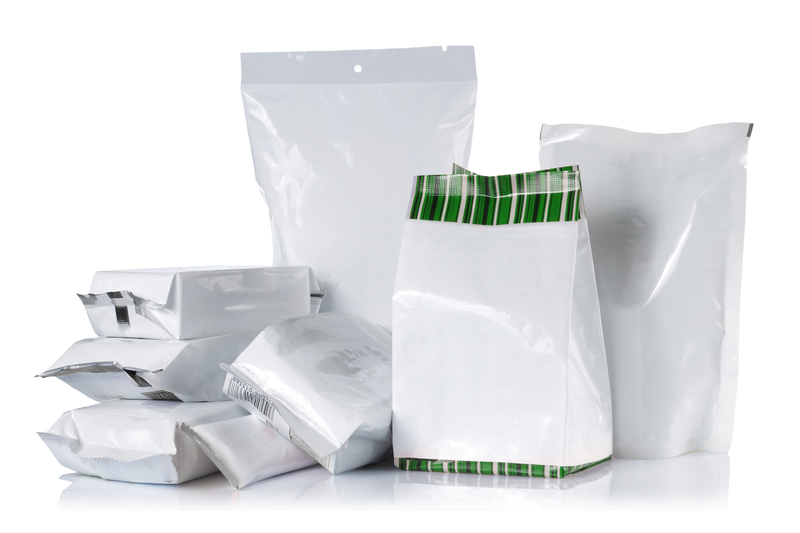Green Innovations to Lower Production Waste
In today's world, environmental sustainability has become a pressing issue, especially in the manufacturing sector. Industries across the globe are seeking innovative ways to minimize production waste, and the adoption of green technologies plays a critical role in achieving this goal. This article explores green innovations that effectively reduce production waste, contributing to a more sustainable future.
Understanding Production Waste
Before delving into innovations, it's essential to understand what constitutes production waste. Manufacturing processes inherently produce waste, including scrap materials, pollutants, and byproducts that are not utilized. Excess waste can lead to environmental degradation and increased costs for businesses, making it crucial to manage and reduce this output.
The Impact of Production Waste
Production waste significantly impacts the environment by contributing to landfill overflow, pollution, and the depletion of natural resources. Furthermore, it affects companies' bottom lines by increasing disposal costs and hindering efficiency. Therefore, adopting eco-friendly practices is not only beneficial for the planet but also for business operations.

Innovative Approaches to Reducing Waste
1. Zero Waste Manufacturing
One of the most effective strategies for lowering production waste is implementing a Zero Waste approach. This strategy comprises practices that aim to eliminate all waste through recycling, composting, and reuse. These initiatives enable companies to significantly cut down waste sent to landfills, thus promoting environmental sustainability.
2. Lean Manufacturing Techniques
Lean manufacturing focuses on minimizing waste while maximizing productivity. By restructuring processes, organizations can identify inefficiencies and streamline operations. Some notable lean techniques include:
- Just-In-Time (JIT) Manufacturing: A strategy that minimizes inventory and waste by ensuring that resources are only delivered as needed in the production process.
- Value Stream Mapping: Analyzing and optimizing the flow of materials and information to identify and eliminate waste.
- 5S Methodology: Improving workplace organization and efficiency to reduce waste through Sort, Set in order, Shine, Standardize, and Sustain.
3. Circular Economy Models
Adopting a Circular Economy approach involves designing products with their entire lifecycle in mind, ensuring that waste can be reintegrated into the production cycle. Key components include:
- Product Design: Designing products that are easy to recycle, repair, and reuse.
- Material Recovery: Ensuring materials can be extracted and reused in other products.
- Reverse Logistics: Establishing systems for returning used products so they can be refurbished and resold.
4. Advanced Recycling Technologies
Modern recycling technologies enable more efficient processing and transformation of waste into valuable materials. Innovations include:
- Plasma Arc Recycling: Utilizing high-temperature plasma to break down waste into its basic components.
- Hydrothermal Processing: Using water and heat to transform waste materials into usable products, such as biofuels.
- Optical Sorting Systems: Employing advanced sensor-based sorting solutions to improve the quality and efficiency of recycling streams.
The Role of Technology in Waste Reduction
1. Internet of Things (IoT) Solutions
The integration of IoT technologies into manufacturing processes enhances monitoring and data collection, allowing for better waste management. IoT sensors can track machine performance and resource usage in real-time, providing vital data for predicting maintenance needs, optimizing processes, and reducing waste.
2. Artificial Intelligence and Machine Learning
AI and Machine Learning technologies have the power to transform production systems to be more efficient and less wasteful. These systems can analyze vast datasets to identify patterns and suggest improvements in processes that traditionally resulted in high waste output.
3. 3D Printing and Additive Manufacturing
3D printing technologies offer a method for manufacturing with minimal waste by using only the required material. Complex components can be produced with precision, reducing the necessity for additional materials and excess production steps.
4. Sustainable Material Innovation
Developing and using sustainable materials in production processes can significantly reduce waste. Biodegradable materials and those made from recycled content offer fresh avenues for environmentally conscious manufacturing.

Success Stories and Case Studies
1. The Rise of Eco-friendly Packaging
Numerous companies are embracing environmentally friendly packaging solutions. For example, tech giant **Dell** uses mushroom-based cushioning for shipping their products, which decomposes naturally within weeks.
2. Sustainable Automotive Manufacturing
Automotive manufacturers like **Toyota** utilize lean manufacturing techniques and have committed to zero waste and sustainable practices, contributing to a significant decrease in production waste sent to landfills.
Conclusion
Incorporating green innovations to lower production waste is essential for both environmental stewardship and manufacturing efficiency. By embracing technologies and practices such as Zero Waste, Lean Manufacturing, and advanced recycling, industries can play a pivotal role in turning waste into a valuable resource and ensuring a sustainable future.
As the drive for sustainability intensifies, industries must commit to continuous innovation in reducing production waste, underscoring the importance of eco-friendly practices in a rapidly changing world.